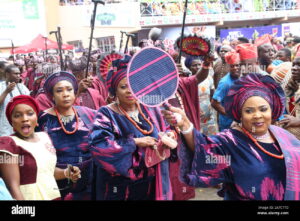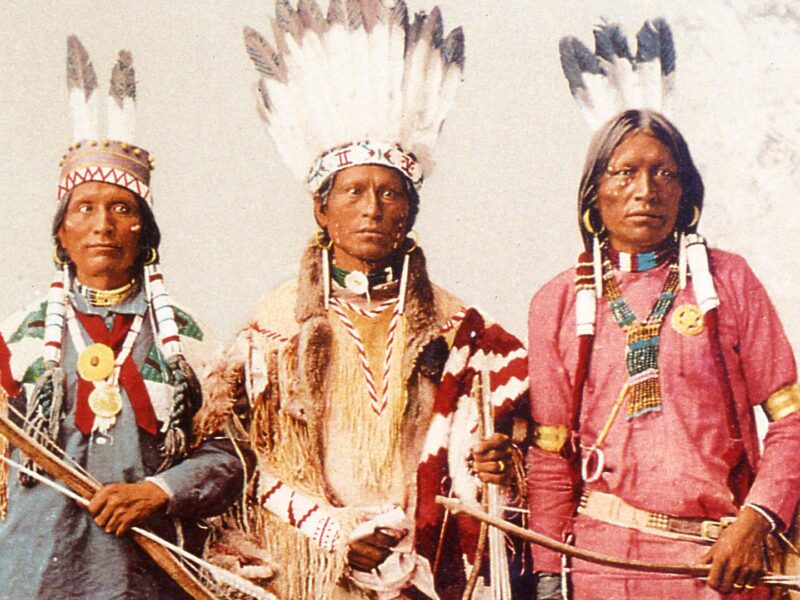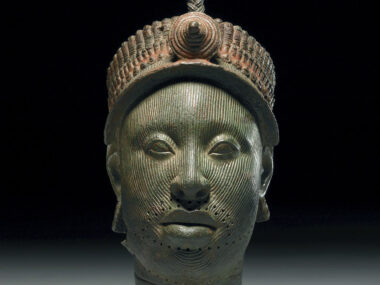The evolution of cultural attire from traditional to modern reflects broader societal changes, including technological advancements, globalization, and shifts in cultural norms. Clothing serves as a potent symbol of identity, status, and cultural heritage, making its transformation over time a fascinating subject. This exploration delves into the contrasts between traditional and modern attire across various cultures, the factors driving changes, and the ways in which traditional elements are preserved or adapted in contemporary fashion.

Traditional Attire: A Symbol of Cultural Heritage
Traditional attire is deeply rooted in the history and customs of a culture. Each piece of traditional clothing often carries symbolic meanings, reflecting the wearer’s social status, marital status, and regional identity.
Examples of Traditional Attire:
- Kimono (Japan):
- A kimono is a long robe with wide sleeves, typically secured with an obi (belt). It is worn for various formal occasions, such as tea ceremonies and weddings. The colors, patterns, and styles can denote the season, the occasion, and the wearer’s age or marital status.
- Sari (India):
- A sari is a long piece of cloth, usually around five to nine yards, that is draped elegantly around the body. It is often paired with a blouse and a petticoat. The way a sari is draped and its fabric, color, and design can indicate regional identity, social status, and personal taste.
- Dashiki (West Africa):
- A dashiki is a loose-fitting, colorful garment often adorned with intricate embroidery. It is worn in various styles across West Africa and is associated with African pride and cultural identity.
- Hanbok (Korea):
- Hanbok is traditional Korean attire characterized by vibrant colors and simple lines without pockets. It is worn during traditional festivals and celebrations. The design reflects Korean aesthetics and cultural values.
Modern Attire: Global Influences and Contemporary Trends
Modern attire is heavily influenced by global fashion trends, technological innovations, and changing lifestyles. The rise of the fashion industry, fast fashion, and the blending of cultures through globalization have led to significant changes in how people dress.
Characteristics of Modern Attire:
- Western Influence:
- Western clothing, such as jeans, T-shirts, suits, and dresses, has become ubiquitous worldwide. This is due to the global dominance of Western media and fashion industries.
- Fast Fashion:
- Fast fashion brands like Zara, H&M, and Uniqlo produce trendy, affordable clothing at a rapid pace. This has democratized fashion but also raised concerns about sustainability and labor practices.
- Technological Integration:
- Modern attire often incorporates advanced textiles, such as moisture-wicking fabrics, smart textiles with embedded technology, and sustainable materials like organic cotton and recycled polyester.
- Fusion Fashion:
- There is a growing trend of blending traditional elements with modern designs. For example, contemporary saris might feature minimalist designs, or modern suits may incorporate traditional embroidery.
Factors Driving the Evolution of Cultural Attire
Several key factors have influenced the shift from traditional to modern attire:
- Globalization:
- The interconnectedness of the world has facilitated the exchange of cultural practices and fashion trends. This has led to the adoption of global fashion standards and the fusion of different cultural styles.
- Technological Advancements:
- Innovations in textile manufacturing and fashion design have introduced new materials and production methods, making clothing more comfortable, durable, and affordable.
- Urbanization:
- As more people move to urban areas, practical and comfortable clothing becomes essential for daily life. This has led to a preference for modern, versatile attire over elaborate traditional garments.
- Social and Cultural Changes:
- Changing gender roles, the rise of individualism, and shifts in social norms have influenced fashion choices. For example, women’s attire has evolved significantly with changing attitudes towards gender equality and women’s rights.
- Economic Factors:
- Economic development and increased disposable income have expanded access to a variety of clothing options. Additionally, fashion has become a significant economic sector, influencing consumer behavior.
Preserving Tradition in Modern Times
Despite the widespread adoption of modern attire, many cultures strive to preserve their traditional clothing. This preservation can take several forms:
- Cultural Festivals and Ceremonies:
- Traditional attire is often worn during cultural festivals, religious ceremonies, and important life events such as weddings and funerals. These occasions help keep traditional practices alive.
- Fashion Designers:
- Many contemporary fashion designers draw inspiration from traditional attire, incorporating elements like embroidery, fabrics, and silhouettes into their modern designs. This fusion creates a bridge between past and present.
- Cultural Education:
- Efforts to educate younger generations about the significance of traditional attire help ensure its preservation. Schools, cultural institutions, and community organizations play a crucial role in this education.
- Art and Media:
- Traditional attire is frequently showcased in art, films, and media, helping to promote cultural awareness and appreciation. This visibility can inspire a renewed interest in traditional clothing.
Conclusion
The evolution of cultural attire from traditional to modern reflects broader societal changes and the dynamic nature of culture. While modern fashion trends dominate daily wear, traditional attire remains a vital part of cultural identity and heritage. The ongoing dialogue between tradition and modernity in fashion highlights the importance of preserving cultural practices while embracing contemporary innovations. This balance allows cultures to honor their past while adapting to the present and future. Through festivals, education, and the creative efforts of designers, traditional attire continues to inspire and enrich the modern world.










